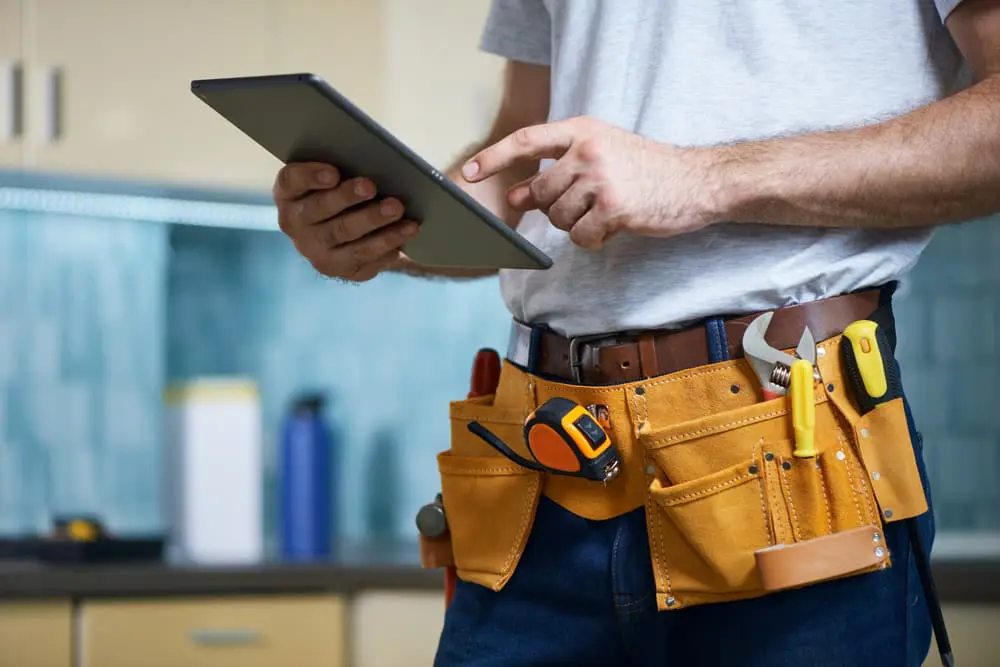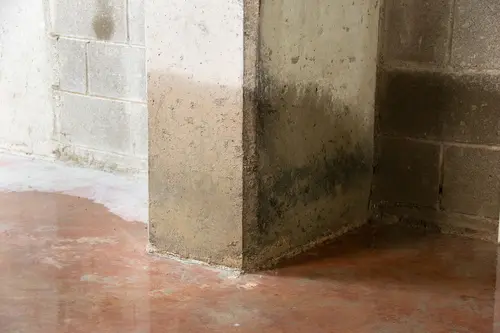A sewage backup can be an extremely unpleasant experience for homeowners, which is why it’s crucial to know the essential steps to take when it arises. Timely and well-informed action can mean the difference between a manageable cleanup and a prolonged and costly ordeal. Reaching out to sewage removal experts in San Diego is a key step, but what to do before and after they arrive? Let’s have a look at the necessary actions you should take to protect your well-being, property, and the environment.
What to do after sewer backup?
From initial safety precautions to professional remediation, the following steps will help you effectively navigate the challenges. Here’s what to do:
Safety first
Prioritizing safety is paramount. If the backup is severe or involves electrical outlets or appliances, evacuate the affected area and turn off the electricity and gas supply if it’s safe to do so.
In addition, wear appropriate personal protective equipment (PPE) such as gloves, masks, and rubber boots to avoid direct contact with sewage.
Contact professionals
After you’ve taken care of your safety, make sure you immediately contact specialists. They have the expertise and equipment needed to address the issue safely and efficiently. If the backup has caused damage to electrical systems, wiring, or gas lines, you should also contact utility companies and electricians.
Document the damage
Once your professionals have addressed the issue, don’t forget to take photos and videos of the affected areas before you start cleaning or removing any items. This documentation can be valuable for insurance claims and future reference.
Ventilate the area and remove water
Make sure you open doors and windows to improve ventilation. This can help disperse foul odors and reduce humidity, which can promote mold growth. In case there’s standing water, experts will use wet/dry vacuum pumps to remove it and dispose of the extracted water appropriately, following local regulations.
Dispose of contaminated materials
You should discard any items that have come into contact with sewage and cannot be thoroughly cleaned and disinfected. This can include carpets, upholstered furniture, insulation, as well as drywall.
Clean and disinfect
You should clean and disinfect all affected surfaces, including walls, floors, and furniture, using a mixture of 1 part bleach and 10 parts water. Wash all affected clothing and linens separately in hot water with detergent and disinfectant. In addition, apply an antimicrobial treatment to the cleaned surfaces to inhibit mold growth and use fans and dehumidifiers to thoroughly dry the area.
Check for insurance coverage
Contact your homeowner’s insurance company to report the incident and check if your policy covers sewage backups. Make sure you document all communication and claims-related information.
Monitor your health
Stay on the lookout for any health symptoms that develop after exposure to the backup, such as nausea, diarrhea, or skin irritations. Don’t hesitate to seek medical attention if necessary.
Prevent future incidents
You can take effective preventive measures to reduce the risk of future backups. This can include actions such as installing backflow preventers, regular plumbing maintenance, and avoiding disposing of inappropriate materials down drains or toilets.
Who provides efficient sewage removal in San Diego?
If you’d like to learn more about the potential hazards of sewage backup or you need professional assistance, reach out to San Diego Emergency Plumbing. Our dedicated team of skilled and reliable professionals will go the extra mile to help you address any plumbing issues and promptly get back to your everyday routine. Whether your property is in Hillcrest or another nearby area, you can count on us. Give us a call today!











